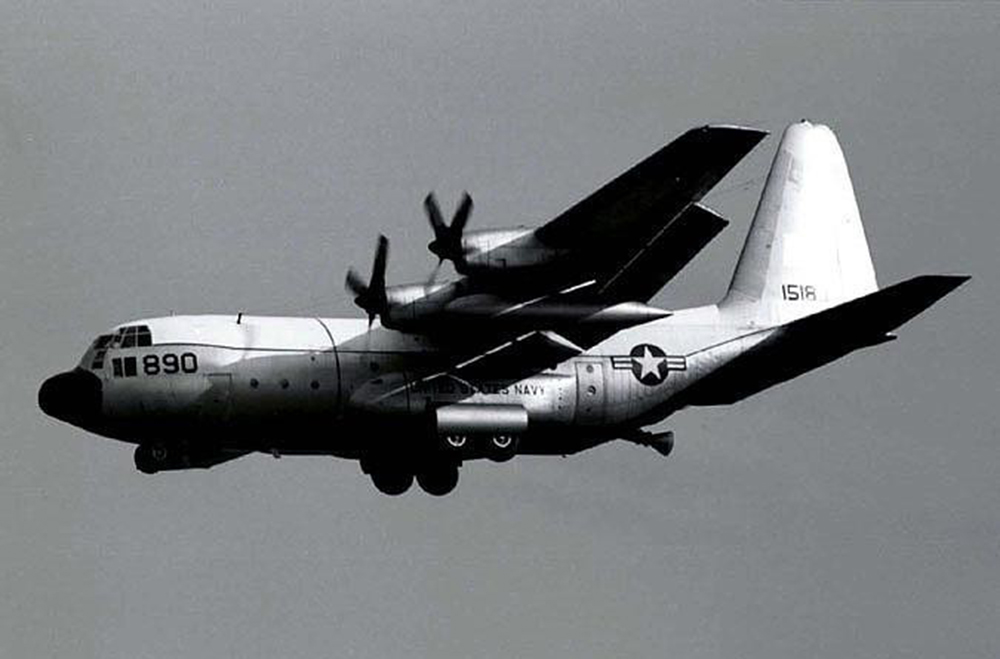Crash of a Learjet 25 in Victoria: 9 killed
Date & Time:
Registration:
N658TC
Survivors:
No
Schedule:
Fort Worth - Victoria
MSN:
25-044
YOM:
1969
Crew on board:
2
Crew fatalities:
Pax on board:
7
Pax fatalities:
Other fatalities:
Total fatalities:
9
Circumstances:
During a non precision approach to Victoria County-Foster Airport, the crew encountered marginal weather conditions with fog. On short final, the crew failed to realize his altitude was too low when the airplane struck a pole located 1,7 mile short of runway 12L. The aircraft crashed in a field and was destroyed by impact forces and a post crash fire. All nine occupants were killed.
Probable cause:
Improper IFR operation on part of the crew. The following factors were reported:
- The pilot-in-command misjudged altitude,
- Low ceiling and fog,
- Weather conditions below minimums,
- Lack of altitude awareness of crew on descent into known poor visibility,
- Illusory effect present due to the combination of fog and sun.
- The pilot-in-command misjudged altitude,
- Low ceiling and fog,
- Weather conditions below minimums,
- Lack of altitude awareness of crew on descent into known poor visibility,
- Illusory effect present due to the combination of fog and sun.
Final Report:




